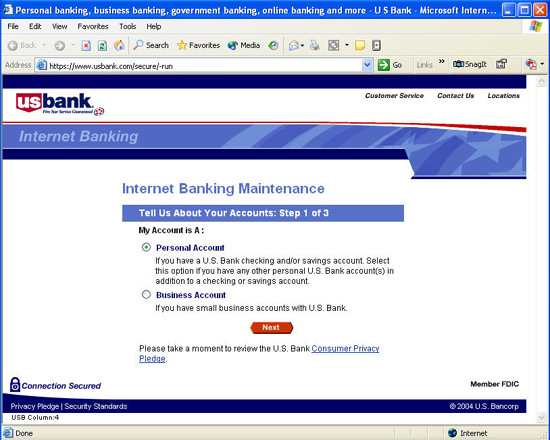Identity Theft: Credit Furnishers Can Be Sued According to 9th Circuit, U.S. Circuit Court In a March 2002 ruling in the case of Nelson vs. Chase Manhattan Mortgage Corporation, 00-15946 the 9th Circuit Court ruled that consumers in the western United States have the right to sue banks, or any other provider, that furnishes incorrect information on a consumers' credit history to a credit reporting agency (CRA).
The Court's opinion rejected Chase's contention that the Fair Credit Reporting Act (FCRA) protected furnishers of credit information from private actions (lawsuits by consumers).
With this ruling, and with the exploding growth of identity theft, I have no doubt that future legal action will be initiated against a financial institution which opened an account in the name of a victim of ID theft, and subsequently reports negative information to a CRA, which later causes harm to the victim. The financial institutions defense will then be based on their procedures to protect against the opening of fraudulent accounts and the screening for ID theft. All institutions, regardless of size, will find their application process on trial.
As a result, all institiutions should audit their account opening procedures to ensure that they are utilizing the most effective ID theft and fraud screening processes available to them.
This condensed article is for educational purposes only, and does not represent legal advice, nor does this article represent any undertaking to keep readers advised as to all of the relevant legal issues. Opinions are those of the author. For the more complete article regarding this topic (4 pgs.), please contact The Rechel Group, Inc. and we will be happy to forward the original article published in April 2002.
|
Bank Robbery Study Released
The FBI released a study of robbery trends indicating an increase in robberies. Nationally robberies continued to increase, and banks in rural locations found that they were not immune to robberies, and an anlysis of robberies from 1996 - 2000 revealed that over 95% of all robberies were commited by two or less perpetrators, with 80% commited by a lone robber.
Details can be found at: http://www.fbi.gov/ucr/cius_02/html/web/specialreport/05-SRbankrobbery.html
|
